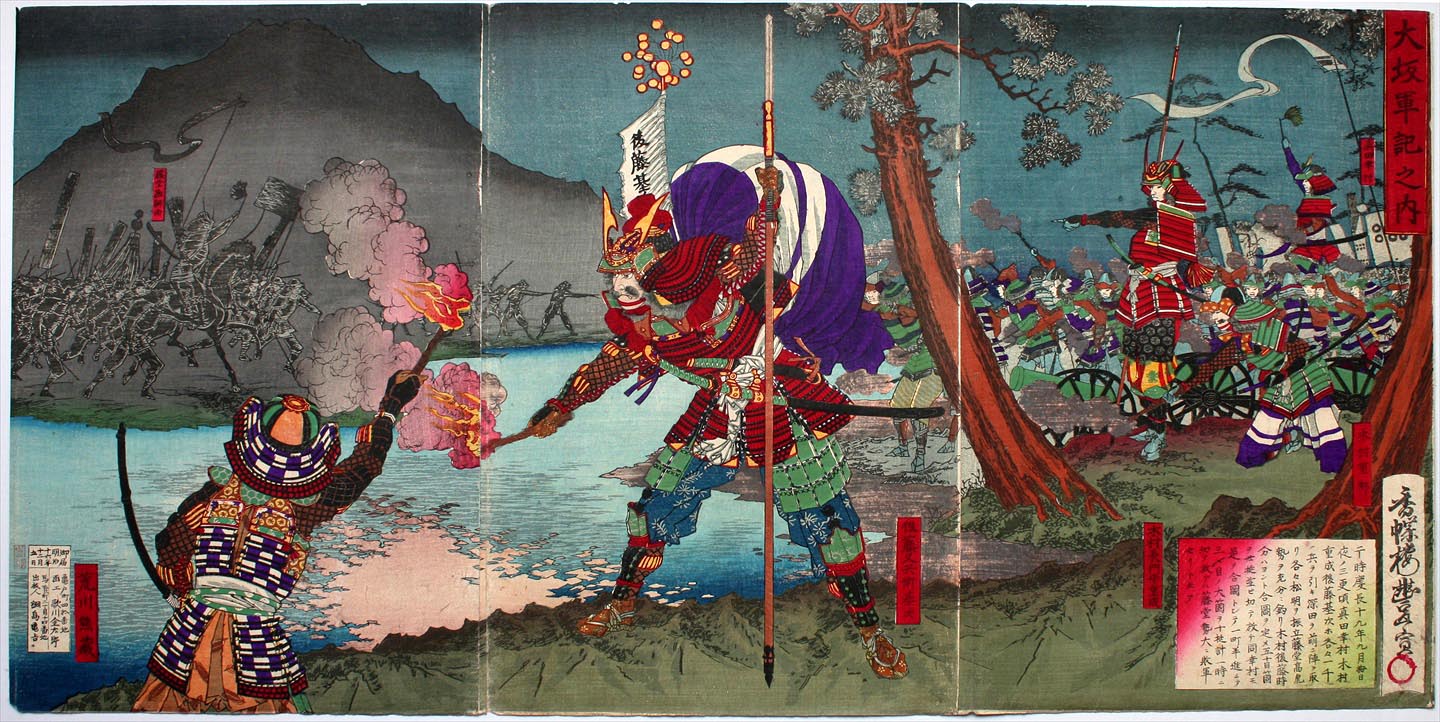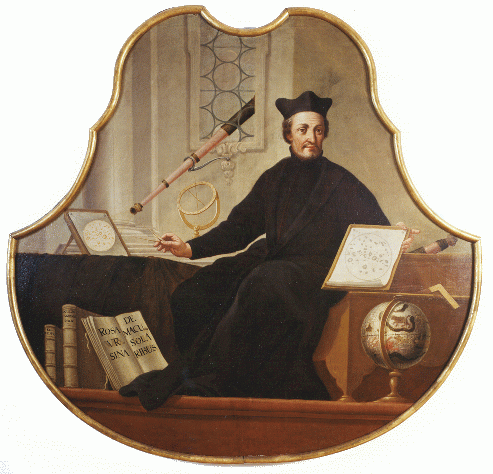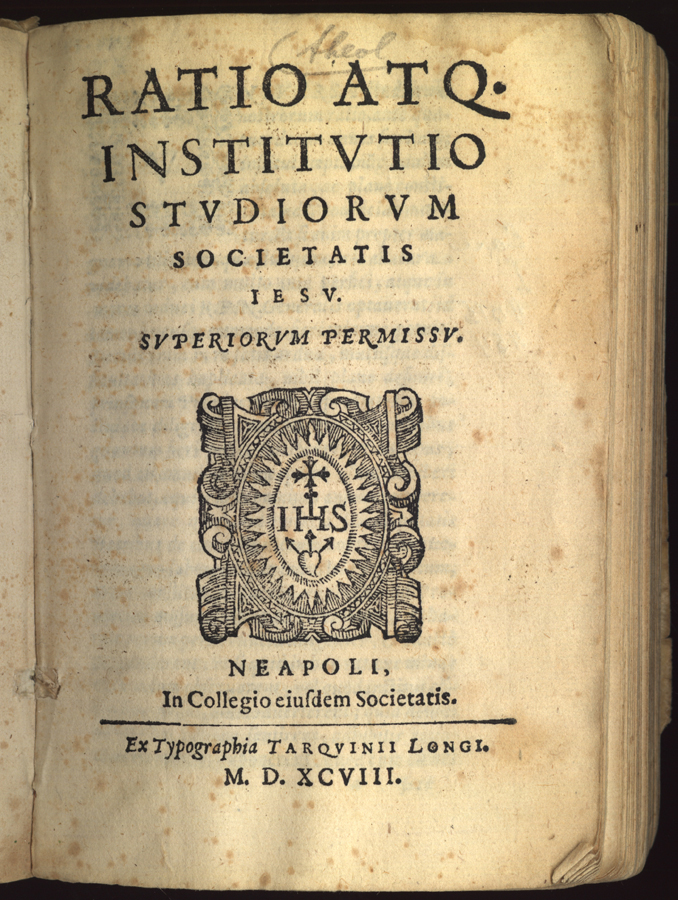|
Odo Van Maelcote
Odo van Maelcote, (also known as Malcotius)(b. Brussels 28 July 1572, d. Rome 14 May 1615) was a Jesuit priest, scientist and mathematician from the Spanish Netherlands (present day Belgium). Biography Odo van Maelcote, lord of Kessel, was the oldest son of Johannes Van Maelcote, a doctor of both civil and canon law at the University of Louvain, First Counsellor and Vice-Chancellor in the chancellery of Brabant, and his wife, Marie de Viron. He entered the noviciate with the Jesuits at Tournai on 12 February 1590 and studied at the University of Douai. In 1607, he published in Brussels a small tract on the equinoctial astrolabe that he had designed and manufactured, which involved two conjoined hemispheres. The device was useful to missionary ventures around the world, as it could be used in both northern and southern latitudes. This made his name known among scientists, and when he sent an astrolabe as a gift to Christopher Clavius in Rome, Clavius responded by inviting him to ... [...More Info...] [...Related Items...] OR: [Wikipedia] [Google] [Baidu] |
Brussels
Brussels, officially the Brussels-Capital Region, (All text and all but one graphic show the English name as Brussels-Capital Region.) is a Communities, regions and language areas of Belgium#Regions, region of Belgium comprising #Municipalities, 19 municipalities, including the City of Brussels, which is the capital of Belgium. The Brussels-Capital Region is located in the central portion of the country. It is a part of both the French Community of Belgium and the Flemish Community, and is separate from the Flemish Region (Flanders), within which it forms an enclave, and the Walloon Region (Wallonia), located less than to the south. Brussels grew from a small rural settlement on the river Senne (river), Senne to become an important city-region in Europe. Since the end of the Second World War, it has been a major centre for international politics and home to numerous international organisations, politicians, Diplomacy, diplomats and civil servants. Brussels is the ''de facto' ... [...More Info...] [...Related Items...] OR: [Wikipedia] [Google] [Baidu] |
Christoph Grienberger
Christoph (Christophorus) Grienberger (also variously spelled Gruemberger, Bamberga, Bamberger, Banbergiera, Gamberger, Ghambergier, Granberger, Panberger) (2 July 1561 – 11 March 1636) was an Austrian Jesuit astronomer, after whom the crater Gruemberger on the Moon is named. Biography Born in Hall in Tirol, in 1580 Christoph Grienberger joined the Jesuits. He studied in Prague and Vienna, and subsequently succeeded his tutor, Christopher Clavius, as professor of mathematics at the Collegio Romano in 1612. In 1610, Jesuit and high church officials had turned to Grienberger, as well as Clavius, Paolo Lembo, and Odo Van Maelcote, the other mathematicians on the faculty of the Collegio Romano, for their opinion on the new phenomena Galileo had discovered with his telescope. Grienberger sympathized with Galileo's theory of motion. However, he was asked to defend the Aristotelian view of the universe by Claudio Acquaviva, the Father General of the Jesuits. Grienberger wa ... [...More Info...] [...Related Items...] OR: [Wikipedia] [Google] [Baidu] |
Jesuits From The Spanish Netherlands
The Society of Jesus (; abbreviation: S.J. or SJ), also known as the Jesuit Order or the Jesuits ( ; ), is a religious order of clerics regular of pontifical right for men in the Catholic Church headquartered in Rome. It was founded in 1540 by Ignatius of Loyola and six companions, with the approval of Pope Paul III. The Society of Jesus is the largest religious order in the Catholic Church and has played significant role in education, charity, humanitarian acts and global policies. The Society of Jesus is engaged in evangelization and apostolic ministry in 112 countries. Jesuits work in education, research, and cultural pursuits. They also conduct retreats, minister in hospitals and parishes, sponsor direct social and humanitarian works, and promote ecumenical dialogue. The Society of Jesus is consecrated under the patronage of Madonna della Strada, a title of the Blessed Virgin Mary, and it is led by a superior general. The headquarters of the society, its general curia, i ... [...More Info...] [...Related Items...] OR: [Wikipedia] [Google] [Baidu] |
Jesuit Scientists
This is a list of Catholic clergy throughout history who have made contributions to science. These churchmen-scientists include Nicolaus Copernicus, Gregor Mendel, Georges Lemaître, Albertus Magnus, Roger Bacon, Pierre Gassendi, Roger Joseph Boscovich, Marin Mersenne, Bernard Bolzano, Francesco Maria Grimaldi, Nicole Oresme, Jean Buridan, Robert Grosseteste, Christopher Clavius, Nicolas Steno, Athanasius Kircher, Giovanni Battista Riccioli, and William of Ockham. The Catholic Church has also produced many List of Catholic scientists, lay scientists and mathematicians. The Jesuits in particular have made numerous significant contributions to the development of science. For example, the Jesuits have dedicated significant study to earthquakes, and seismology has been described as "the Jesuit science." The Jesuits have been described as "the single most important contributor to experimental physics in the seventeenth century." According to Jonathan Wright (historian), Jonathan Wri ... [...More Info...] [...Related Items...] OR: [Wikipedia] [Google] [Baidu] |
1615 Deaths
Events January–March * January 1 – The New Netherland Company is granted a three-year monopoly in North American trade, between the 40th and 45th parallels. * January 30 – Japan's diplomatic mission to Europe, led by Hasekura Tsunenaga, meets with King Philip III of Spain at Madrid and presents an offer of a treaty. * February 2 – Sir Thomas Roe sets out to become the first ambassador from the court of the King of England to the Mughal Emperor Jahangir, departing from Tilbury Hope on the ship ''Lyon'' under the command of captain Christopher Newport. * February 17 – Japan's envoy to Europe, Hasekura Tsunenaga, receives a Christian baptism by the royal chaplain, Diego de Guzmán, and receives the European name Felipe Francisco Hasekura. * March 10 – John Ogilvie, a Jesuit priest, is hanged and drawn at Glasgow Cross in Scotland for refusing to pledge allegiance to King James VI of Scotland; he will be canonised in 1976, becoming ... [...More Info...] [...Related Items...] OR: [Wikipedia] [Google] [Baidu] |
1572 Births
Year 1572 ( MDLXXII) was a leap year starting on Tuesday of the Julian calendar. Events January–March * January 16 – Thomas Howard, 4th Duke of Norfolk, is tried for treason, for his part in the Ridolfi plot to restore Catholicism in England. He is executed on June 2. * February 13 – Elizabeth I of England issues a proclamation which revokes all commissions, on account of the frauds which they had fostered. * February 19 – Harrow School is founded, with a royal charter from Queen Elizabeth I of England. * February 28 – In what is now the Rajasthan state in India, Maharana Pratap is crowned as the new Rana of Mewar at the Kingdom's capital at Udaipur after the death of his father, Udai Singh II. * March 2 – Mem de Sá, the Portuguese Governor-General of Brazil, dies after 14 years in office. He is succeeded by Lourenço da Veiga. * March 11 – Pope Pius V issues the papal bull ''Supremi omnipotentis Dei'', granting an indulge ... [...More Info...] [...Related Items...] OR: [Wikipedia] [Google] [Baidu] |
Orazio Grassi
Orazio Grassi (b. Savona 1 May 1583 – d. Rome 23 July 1654) was an Italian Jesuit priest, who is best noted as a mathematician, astronomer and architect. He was one of the authors in controversy with Galileo Galilei on the nature of comets. His writings against Galileo were published under the pseudonym ''Sarsi''. Early life Grassi was born in Savona, then part of the Republic of Genoa. He entered the novitiate of the Society of Jesus at the Church of Sant'Andrea al Quirinale in Rome in 1600. Following his profession of his first religious vows in 1603, he began studies at the Roman College, there taking courses in philosophy, theology and mathematics. Among his professors were the noted German Jesuit mathematicians, Christopher Clavius, Christoph Grienberger and Odo Van Maelcote. He continued his studies there until 1610.. In 1614 Grassi was assigned to serve as Jesuit college in Genoa in the capacity of assistant Master of novices. He served in that position for two yea ... [...More Info...] [...Related Items...] OR: [Wikipedia] [Google] [Baidu] |
Christoph Scheiner
Christoph Scheiner (25 July 1573 (or 1575) – 18 June 1650) was a Jesuit priest, physicist and astronomer in Ingolstadt. Biography Augsburg/Dillingen: 1591–1605 Scheiner was born in Markt Wald near Mindelheim in Swabia, earlier margravate Burgau, possession of the House of Habsburg. He attended the Society of Jesus, Jesuit St. Salvator Grammar School in Augsburg from May 1591 until 24 October 1595. He graduated as a "rhetor" and entered the Jesuit Order in Landsberg am Lech on 26 October 1595. At the local seminary, he served his biennial novitiate (1595–1597) under the tutelage of Novice Master Father Rupert Reindl Society of Jesus, SJ. From 1597 to 1598, he finished his lower studies of rhetoric in Augsburg. He took his first vows before Father Melchior Stör, SJ and received the minor orders from the Augsburg suffragan bishop Sebastian Breuning (bishop), Sebastian Breuning. He spent the years 1598–1601 in Jesuit College of Ingolstadt, Ingolstadt studying philosophy (meta ... [...More Info...] [...Related Items...] OR: [Wikipedia] [Google] [Baidu] |
Kepler
Johannes Kepler (27 December 1571 – 15 November 1630) was a German astronomer, mathematician, astrologer, natural philosopher and writer on music. He is a key figure in the 17th-century Scientific Revolution, best known for his laws of planetary motion, and his books '' Astronomia nova'', '' Harmonice Mundi'', and '' Epitome Astronomiae Copernicanae'', influencing among others Isaac Newton, providing one of the foundations for his theory of universal gravitation. The variety and impact of his work made Kepler one of the founders and fathers of modern astronomy, the scientific method, natural and modern science. He has been described as the "father of science fiction" for his novel '' Somnium''. Kepler was a mathematics teacher at a seminary school in Graz, where he became an associate of Prince Hans Ulrich von Eggenberg. Later he became an assistant to the astronomer Tycho Brahe in Prague, and eventually the imperial mathematician to Emperor Rudolf II and his two succe ... [...More Info...] [...Related Items...] OR: [Wikipedia] [Google] [Baidu] |
Aristotelianism
Aristotelianism ( ) is a philosophical tradition inspired by the work of Aristotle, usually characterized by Prior Analytics, deductive logic and an Posterior Analytics, analytic inductive method in the study of natural philosophy and metaphysics. It covers the treatment of the social sciences under a system of Natural law#Aristotle, natural law. It answers why-questions by a scheme of four causes, including purpose or telos, teleology, and emphasizes virtue ethics. Aristotle and his school wrote tractates on Physics (Aristotle), physics, biology, metaphysics, logic, ethics, aesthetics, poetry, theatre, music, rhetoric, psychology, linguistics, economics, politics, and government. Any school of thought that takes one of Aristotle's distinctive positions as its starting point can be considered "Aristotelian" in the widest sense. This means that different Aristotelian theories (e.g. in ethics or in ontology) may not have much in common as far as their actual content is concerned besi ... [...More Info...] [...Related Items...] OR: [Wikipedia] [Google] [Baidu] |
Claudio Acquaviva
Claudio Acquaviva, SJ (14 September 1543 – 31 January 1615) was an Italian Jesuit priest. Elected in 1581 as the fifth Superior General of the Society of Jesus, he has been referred to as the second founder of the Jesuit order. Early life and family Claudio Acquaviva was born in Atri, Italy, Atri, Abruzzo, the son of Giovanni Antonio Acquaviva d'Aragona, 9th Duke of Atri, descended from a noble family illustrious at the court of Naples for its patronage of humanist culture. His grandfather, Andrea Matteo Acquaviva (1456–1528), was a ''condottiere'' and Humanism, humanist whose brother Belisario Acquaviva (1464–1528), Duke of Nardo, was also a noted man of letters. Some older texts, including those illustrated in this article, spell his name ''Aquaviva''. After initial studies of humanities (Latin, Greek language, Greek and Hebrew language, Hebrew) and Mathematics, he studied Jurisprudence in Perugia. He had heard of the Society of Jesus through his friendship with Franci ... [...More Info...] [...Related Items...] OR: [Wikipedia] [Google] [Baidu] |
Eulogy
A eulogy (from , ''eulogia'', Classical Greek, ''eu'' for "well" or "true", ''logia'' for "words" or "text", together for "praise") is a speech or writing in praise of a person, especially one who recently died or retired, or as a term of endearment. Eulogies may be given as part of funeral services. In the United States, they take place in a funeral home during or after a wake; in the United Kingdom, they are said during the service, typically at a crematorium or place of worship, before the wake. In the United States, some denominations either discourage or do not permit eulogies at services to maintain respect for traditions. Eulogies can also praise people who are still alive. This normally takes place on special occasions like birthdays, office parties, retirement celebrations, etc. Eulogies should not be confused with elegies, which are poems written in tribute to the dead; nor with obituaries, which are published biographies recounting the lives of those who hav ... [...More Info...] [...Related Items...] OR: [Wikipedia] [Google] [Baidu] |









